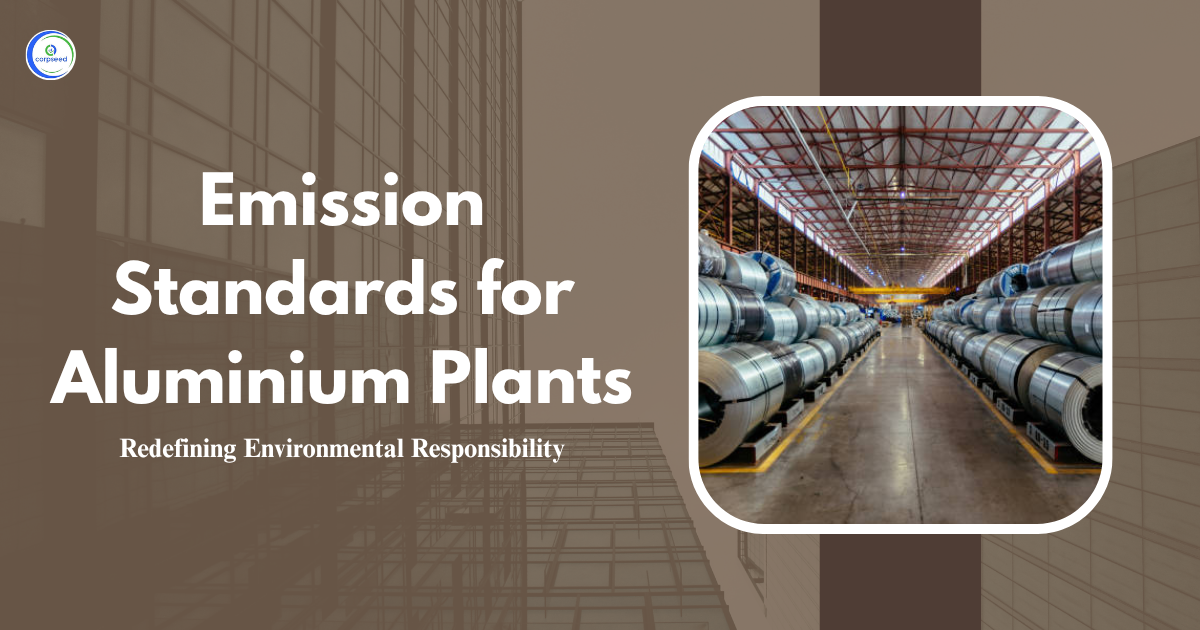The jute processing industry is a crucial sector producing sustainable products like jute bags and textiles. This industry consumes large volumes of water and releases wastewater-containing pollutants such as BOD, suspended solids, and oil and grease. To minimize environmental impact, the Central Pollution Control Board (CPCB) and State Pollution Control Boards (SPCB) enforce strict jute processing industry environmental standards. These standards regulate effluent discharge limits and stack emissions to ensure pollution control in the jute industry. Compliance with these environmental regulations for jute processing supports eco-friendly jute making and protects water bodies and air quality. Understanding and adhering to jute processing wastewater standards and jute industry emission standards is vital for sustainable growth in the jute processing industry.
Table of Contents
--------------Blog Contact Form-------------
What is Jute Processing?
Jute processing transforms raw jute fibres into finished goods like jute bags, carpets, and sacks. It begins with retting, soaking jute stalks in water to separate fibres, producing wastewater rich in pollutants such as BOD and suspended solids. After retting, fibres undergo washing, softening, and sometimes dyeing. Each stage generates effluent containing oil and grease, colour, and other contaminants that must meet jute processing wastewater standards. Due to its water-intensive nature, water consumption norms in the jute industry are established to promote sustainability. The Central Pollution Control Board (CPCB) and State Pollution Control Boards (SPCB) set jute industry effluent discharge limits to regulate pollutant levels and protect the environment. Adoption of modern effluent treatment in jute processing and pollution control technologies ensures compliance with these standards. Proper management reduces environmental damage and supports continued growth of the jute processing industry.
Effluent Standards for Jute Processing Industry
The CPCB and SPCB specify limits on various pollutant concentrations in wastewater discharged from jute processing units. The following table summarizes the permissible limits to ensure safe discharge:
| S.No. | Industry | Parameter | Standards |
| 52 | Jute Processing Industry | Effluent | Concentration in mg/1 except pH and Water consumption |
| pH | 5.5 – 9.0 | ||
| BOD [3days at 27°C] | 30 | ||
| Suspended Solids | 100 | ||
| Oil and Grease | 10 | ||
| Water Consumption | 1.60 Cum/Ton of product produced. |
Note: There is currently no specific limit for colour in effluent, but industries are encouraged to minimize colour discharge as much as possible.
Overview of Pollutants in Jute Processing Effluent
Effluents from jute processing contain various pollutants primarily due to the retting and washing processes. Key pollutants include:
- Biochemical Oxygen Demand (BOD): High levels of BOD indicate organic pollution from jute retting and washing, causing oxygen depletion in water bodies.
- Suspended Solids: Includes fibres, dirt, and other particles that increase turbidity, affecting aquatic life and water quality.
- Oil and Grease: Originates from machinery and processing aids, leading to surface film formation and water contamination.
- pH Variations: Effluent pH must remain within CPCB and SPCB limits (5.5–9.0) to prevent harmful effects on ecosystems.
- Colour: Though no specific limits exist, colour from dyes and organic matter can reduce sunlight penetration, harming aquatic plants.
- Water Consumption: High water usage contributes to large volumes of wastewater requiring treatment to meet jute processing wastewater standards.
Regulatory Standards for Effluent Discharge
The Central Pollution Control Board (CPCB) and respective State Pollution Control Boards (SPCB) enforce stringent environmental regulations for jute processing wastewater standards. These guidelines mandate limits on pollutant concentrations, water consumption, and encourage the use of pollution control technologies. Since January 1992, water consumption norms for the jute industry have been set at 1.5 cubic meters per ton of product to promote water conservation. Effluent treatment plants (ETPs) are commonly employed to reduce BOD, suspended solids, and oil content before discharge. These regulations help mitigate pollution in rivers and groundwater near jute mills, safeguarding ecosystems and public health.
Also Read: What are the Standards for Emission or Discharge of Environmental Pollutants for Nitric Acid (Emission Oxides of Nitrogen)?
Stack Emission Standards in Jute Processing Industry
In addition to effluent discharge norms, emissions from boilers and other combustion sources in jute processing facilities must comply with air pollution standards prescribed under the Environment (Protection) Act, 1986. These stack emission standards focus on limiting pollutants such as particulate matter (PM), sulphur dioxide (SO₂), nitrogen oxides (NOₓ), and carbon monoxide (CO). Regular monitoring and maintenance of boiler operations ensure compliance with these emission limits, reducing air pollution risks associated with the jute industry.
Importance of Compliance in Jute Processing Effluent Discharge
Compliance with environmental standards in the jute processing industry is crucial for multiple reasons:
- Environmental Protection: Effective effluent treatment in jute processing reduces harmful pollutants such as BOD, suspended solids, and oil and grease. This protects water bodies and surrounding ecosystems from contamination caused by untreated jute industry wastewater.
- Public Health Safety: Reducing toxic effluent discharge safeguards local communities by preventing exposure to hazardous chemicals and waterborne diseases linked to poor water quality.
- Regulatory Adherence: Strict compliance with CPCB and SPCB regulations on jute processing wastewater standards ensures avoidance of legal penalties, fines, and potential shutdowns, keeping operations smooth.
- Sustainable Water Use: Adhering to water consumption norms in the jute industry promotes responsible water use, reducing wastage and supporting long-term resource sustainability.
- Improved Industry Reputation: Following jute processing industry environmental standards signals corporate responsibility and commitment to environmental stewardship, enhancing market trust and brand image.
- Long-term Economic Benefits: Proper pollution control in jute industry decreases environmental clean-up costs and ensures sustainable growth by protecting natural resources essential for continued jute production.
Conclusion
The jute processing industry plays an important role in producing eco-friendly products, but it also generates wastewater and emissions that must meet strict environmental regulations for jute processing. Compliance with CPCB and SPCB standards for jute industry effluent discharge limits and boiler emission standards jute processing is essential to minimize pollution. Proper effluent treatment in jute processing reduces pollutants like BOD, suspended solids, and oil, protecting water bodies and ecosystems. Adhering to water consumption norms jute industry promotes sustainable resource use. Additionally, controlling stack emissions safeguards air quality. Following these guidelines ensures responsible pollution control in jute industry and supports long-term sustainable growth. Continuous monitoring and adoption of modern jute processing pollution control technologies help the industry maintain compliance and environmental stewardship. Overall, meeting these jute processing industry environmental standards is crucial for protecting the environment while fostering economic benefits in the jute sector.
This portion of the site is for informational purposes only. The content is not legal advice. The statements and opinions are the expression of author, not corpseed, and have not been evaluated by corpseed for accuracy, completeness, or changes in the law.
BOOK A FREE CONSULTATION
Get help from an experienced legal adviser. Schedule your consultation at a time that works for you and it's absolutely FREE.



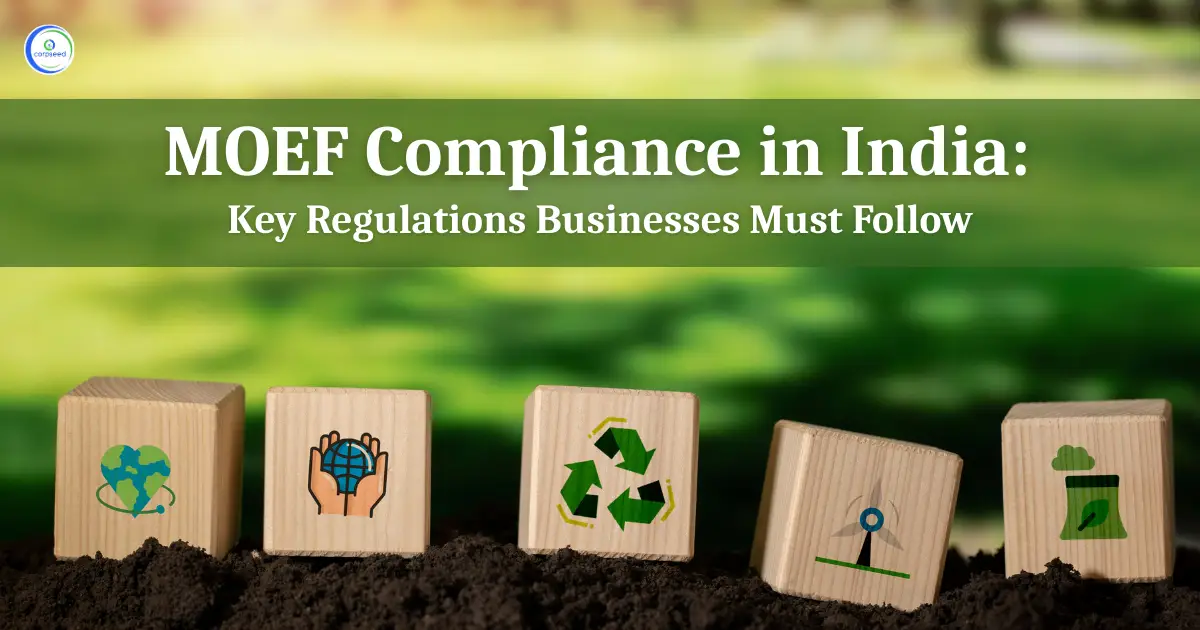
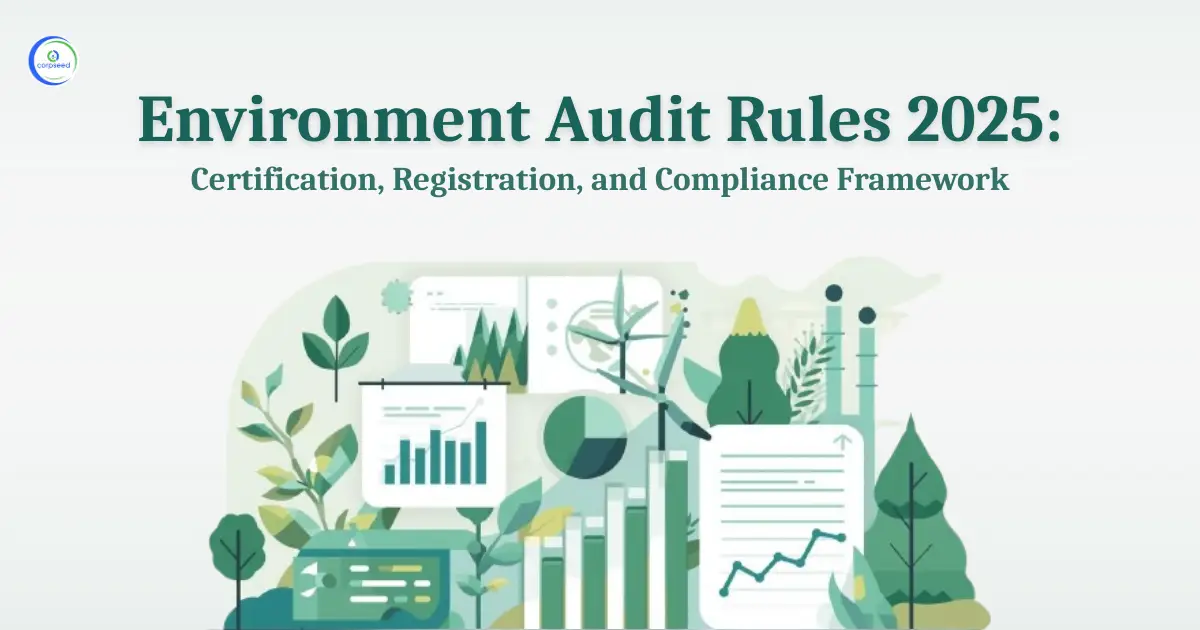
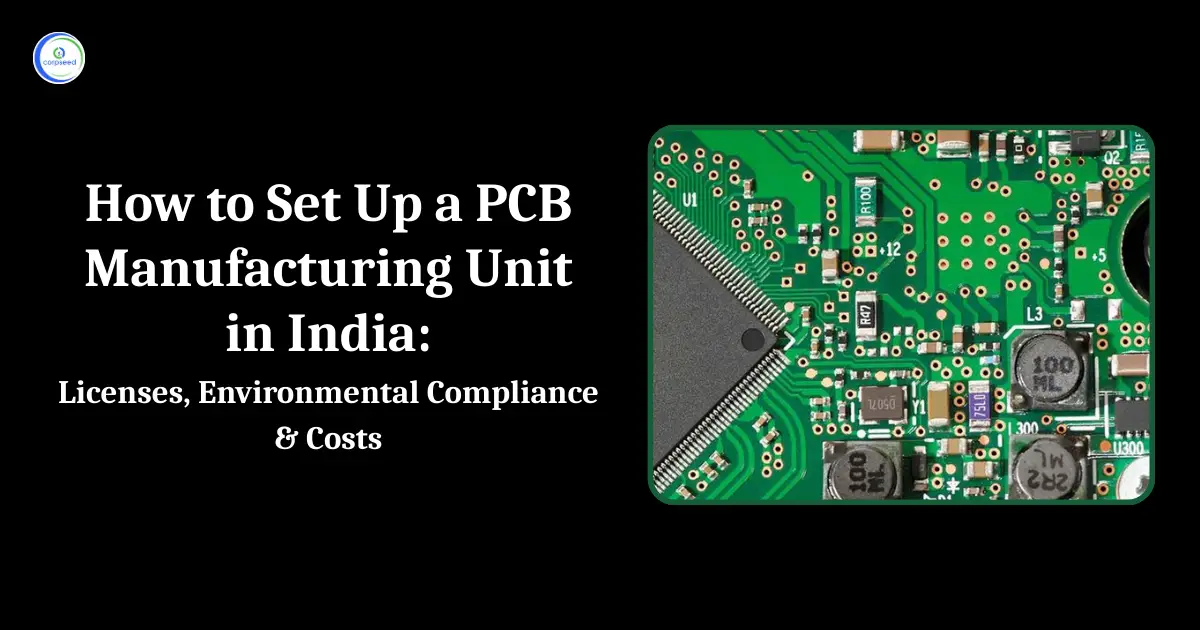
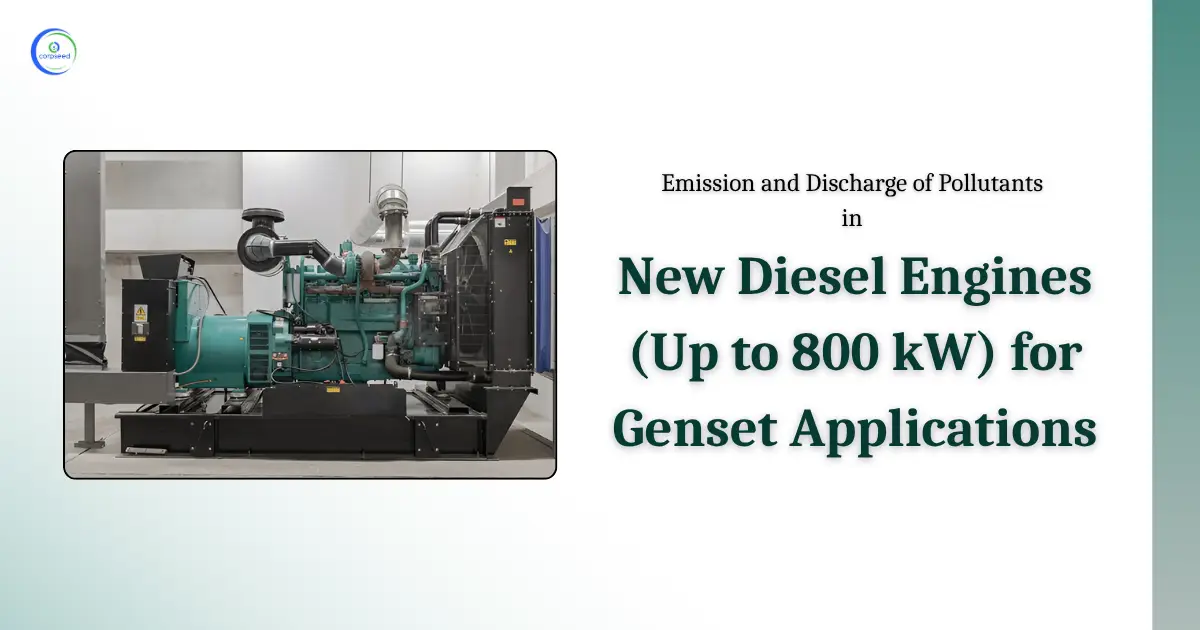
_Corpseed.webp)
.webp)
